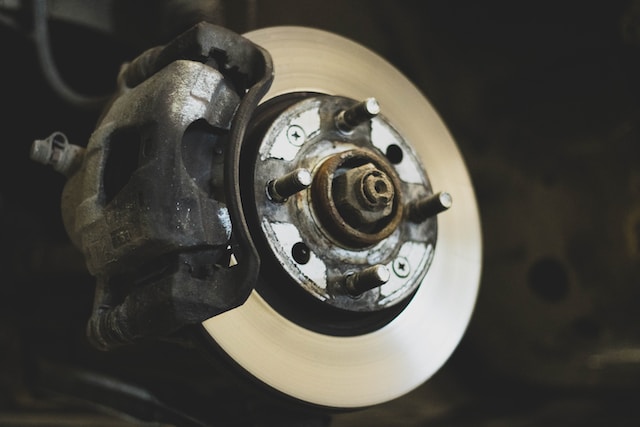One of your car’s most crucial components is its brakes. They protect you and your passengers from serious accidents. Long before your brakes fail, your automobile will give you warning indications. Listening to screeching noises can indicate your pads are nearing the end of their life. Before visiting the business, you also need to be aware of the fundamentals of brake repair.
Brake Pads
When your brakes stop your car, they do so by creating friction with the rotor or drum. The friction causes heat, and the rotors and pads work together to dissipate it. But over time, your pads can lose their ability to draw that heat away from the rotors, so you’ll have to brake harder and more often. Brake pads come in various materials, with ceramic and semi-metallic pads being the most common. The material used in your car’s pads will determine how much noise they make, how quickly they wear out, and whether or not they generate dust. Some pads have wear indicators, which create a squealing or screeching sound when only a certain amount of pad material is left. Because they directly affect safety, brake problems like this require urgent repair. You should inspect your automobile’s brakes as soon as you detect a problem. Delaying a brake repair Edmonds WA or replacement increases your overall costs and the risk of accidents.
Brake Rotors
A brake rotor is a round disc-shaped component that, along with your car’s brake pads, squeezes the wheel and axle to get your vehicle to slow down and stop. They are made from iron and steel, which can easily be shaped or resurfaced during brake service to restore their smooth surface and help them last longer. Despite their durability, your rotors will wear down over time, becoming thinner. They must be replaced if they get too thin. Rotors can also become warped over time from excessive heat. It can happen with repeated heavy braking, especially in harsh environments or when towing or hauling a load. A warped rotor may not be able to be resurfaced, and it should be replaced immediately. It is especially true if the rotor exhibits signs of severe damage, such as heat checking, which produces hairline fractures from high temperature-induced expansion and compression.
Brake Lines
Brake lines (or brake tubing) carry pressure from your master cylinder to the individual calipers at each wheel. Typically made of steel, they can rust or develop cracks over time. Physical damage, such as rust or cracks, may cause your brake fluid to leak, indicating that you need to replace your brake line immediately. Braided brake lines can improve performance by reducing the swelling with standard rubber hoses. When your brake line swells, it reduces the pressure delivered to the calipers, and your car doesn’t stop as quickly or efficiently. Brake lines often require bending, so you need the proper tube-bending tools to work on them. Getting the flares exactly right requires time and practice. It is an area where you should leave professional work to a mechanic.
Brake Pedal
Brakes use complex mechanical parts to transform kinetic energy into thermal energy that stops your vehicle. Each caliper or brake shoe (or wheel cylinder) then rubs against the brake rotor or drum to create friction that slows your vehicle. The brake fluid gets hot from this action and, over time, can lose viscosity or become too thin to operate effectively. If the initial visual inspection of your brake system doesn’t reveal a problem, try blocking off the master cylinder ports to see if this improves the pedal’s responsiveness. Suppose it doesn’t bleed the HCU to eliminate the possibility of stowaway air causing problems at this component. If this doesn’t resolve the issue, the problem may be a power booster issue.

